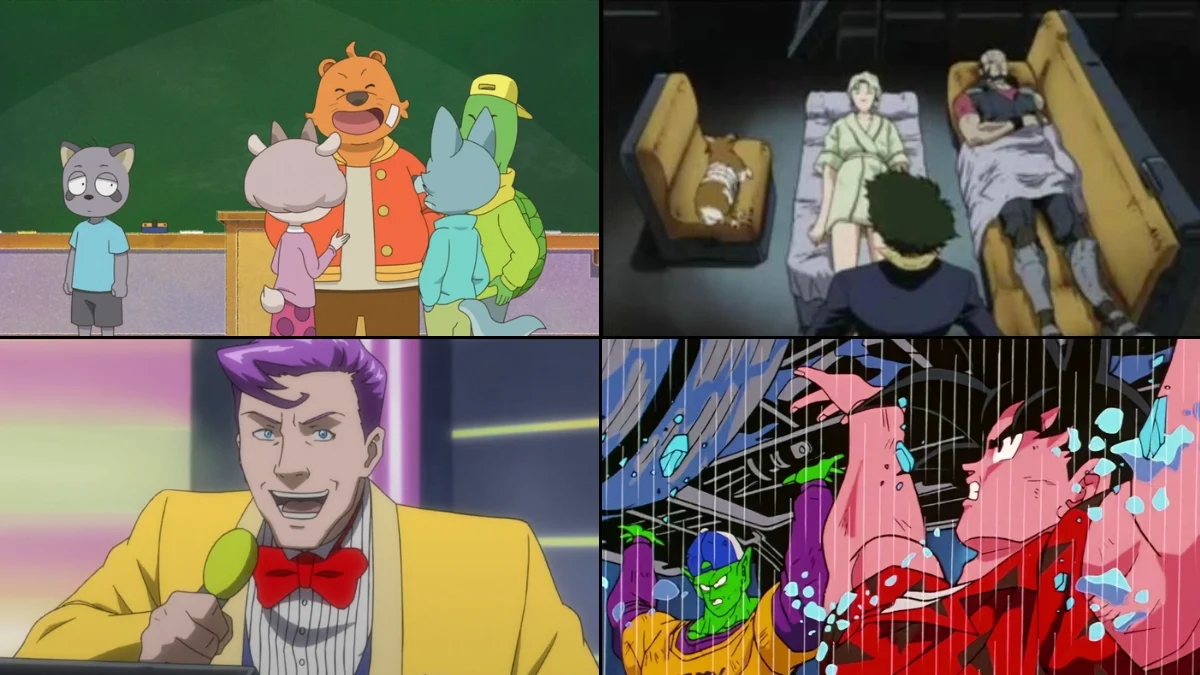
Sometimes, a single location is all an anime needs to create a powerful episode. Many shows feature episodes that confine characters to one space – like a ship, a classroom, or an apartment – and rely on strong writing, direction, and sound design to build tension and drive the story forward. Here are twenty excellent examples of these ‘bottle episodes‘ that mostly take place in a single setting, using limited environments to create intense focus and keep the story moving.
‘Cowboy Bebop’ (1998) – “Toys in the Attic”

This episode takes place almost entirely on the Bebop spaceship, where the crew tries to track down a hidden intruder. It feels like a classic thriller, using clever camera angles, lighting, and the ship’s layout to build suspense during the search. The story focuses on a few key areas – the engine room, kitchen, and cargo bay – and rarely ventures outside of them. It’s a particularly self-contained episode that really highlights how the Bebop itself becomes a central part of the tension.
‘The Melancholy of Haruhi Suzumiya’ (2006) – “Someday in the Rain”

The final episode is remarkably low-key, taking place almost entirely within North High’s Literature Club room and the surrounding hallways. It focuses on simple, everyday activities – like waiting for the rain to stop, running a quick errand, and just hanging out in the club – and emphasizes sound and small details over a fast-moving plot. This deliberate focus on a single location is a big change from the show’s typically more fantastical and action-packed stories.
‘Neon Genesis Evangelion’ (1995–1996) – “Both of You, Dance Like You Want to Win!”
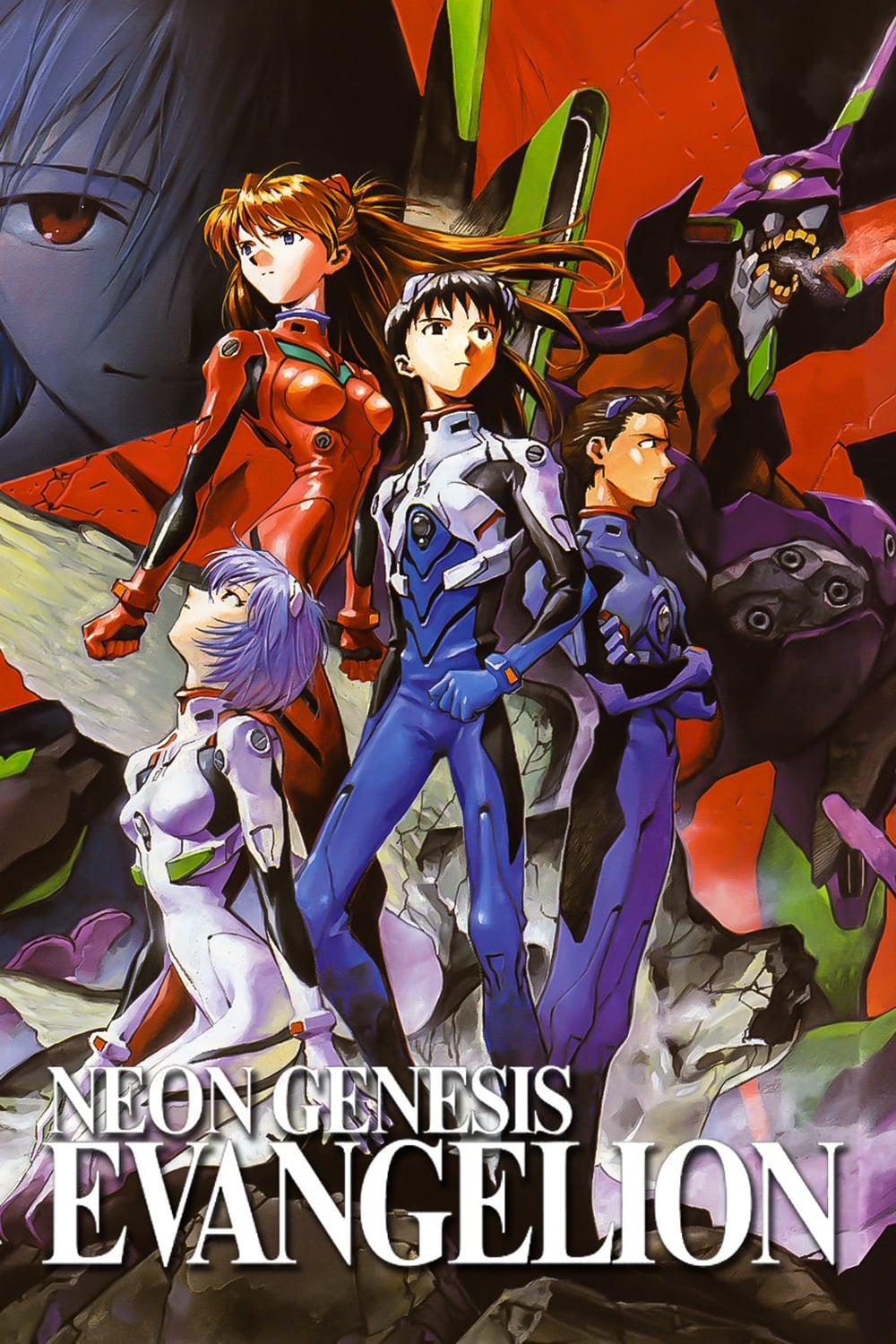
This episode focuses on Shinji and Asuka’s training to work together, mostly taking place in Misato’s apartment and at NERV headquarters. By keeping the action limited to these few locations, the episode really highlights how the characters interact and the precise timing they need to succeed as a team. The final battle feels like a natural extension of all the practice we see. Compared to the show’s usual large-scale battles, this episode is notably more contained and focused.
‘Steins;Gate’ (2011) – “Dogma in Event Horizon”
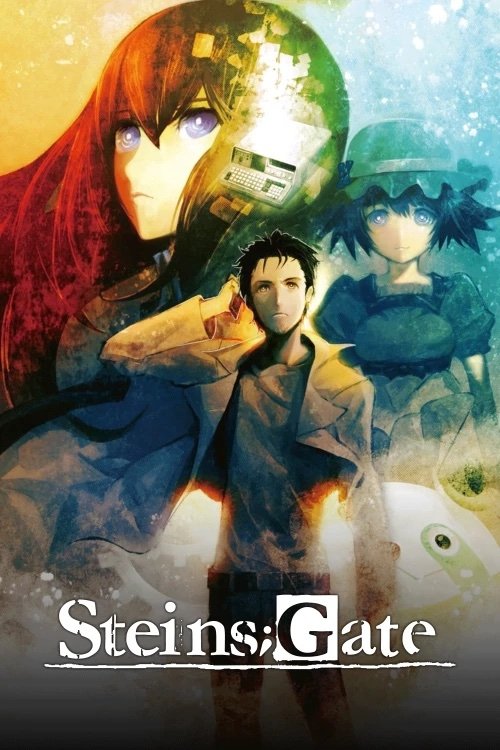
This episode mostly takes place inside the Future Gadget Laboratory, building to a crucial moment that sets the stage for the rest of the series. The lab itself – things like the phone microwave and tight workspaces – plays a key role in revealing surprises and plot twists. The story builds tension using conversations, phone calls, and a single doorway. By keeping everything contained within the lab, the episode emphasizes that the current problems stem directly from the experiments that happened there.
‘Death Parade’ (2015) – “Death Seven Darts”
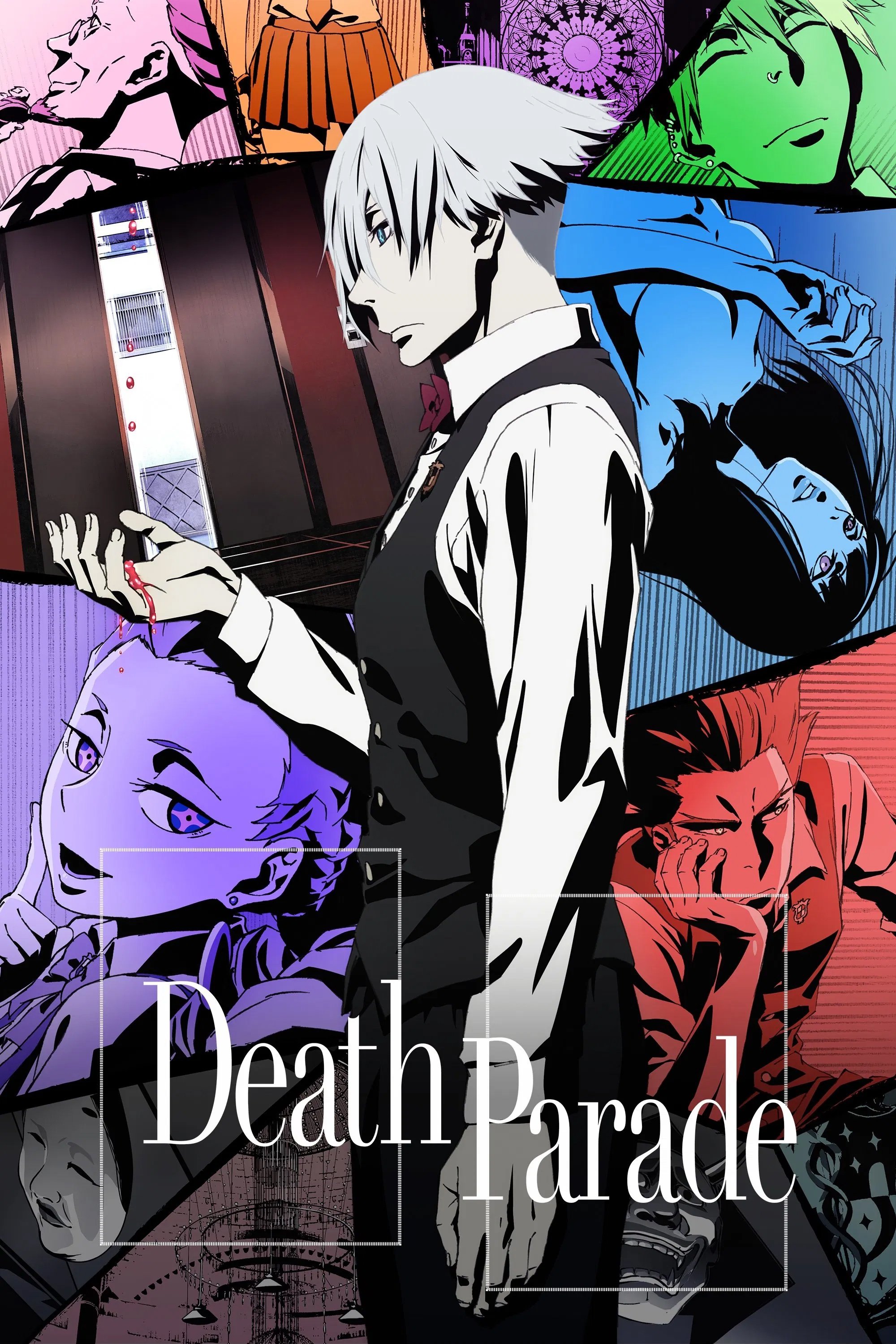
As a film buff, I immediately noticed how the first episode really grounds you in one location – almost the entire thing takes place at this bar called Quindecim. It smartly uses that limited space – the counter, dartboard, even the elevator area – to explain the rules, show the competitions, and deliver the final judgments. The way the set is designed – very contained and symmetrical – makes the back-and-forth dialogue and the whole game format really pop. It’s a classic example of establishing a show’s core structure by focusing on a single, key location right from the start.
‘The Tatami Galaxy’ (2010) – “The End of the 4½ Tatami Age”
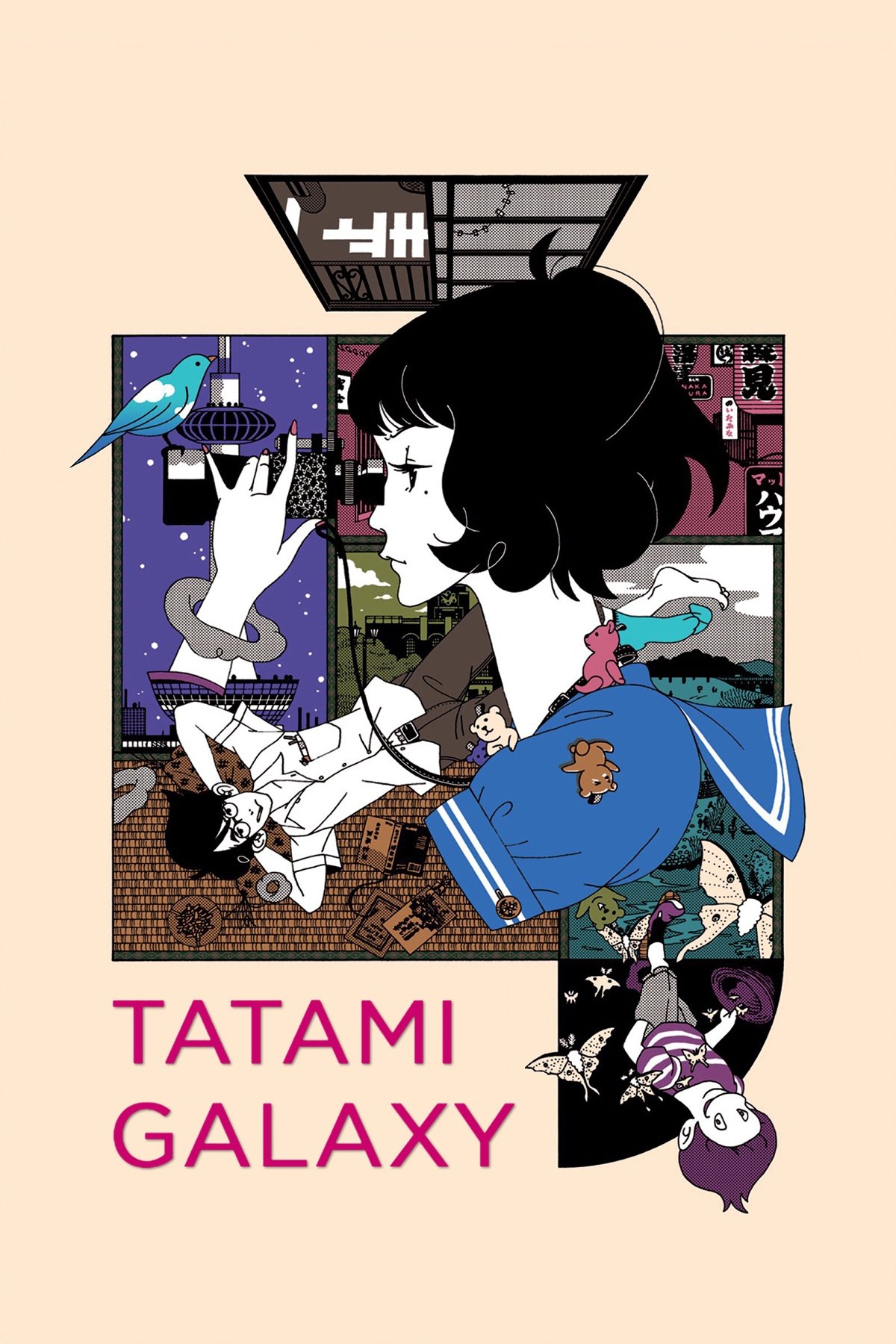
The main character feels stuck in a never-ending series of almost identical small rooms, making his apartment feel like a repeating cycle. The story constantly revisits the same few objects – a bed, desk, door, and window – with only slight changes to help the viewer keep track of where they are. The film uses the cramped setting to emphasize the confusing, paradoxical space. It’s a very direct example of the “single-room” storytelling technique.
‘Zoku Owarimonogatari’ (2015) – “Sodachi Riddle, Part One”
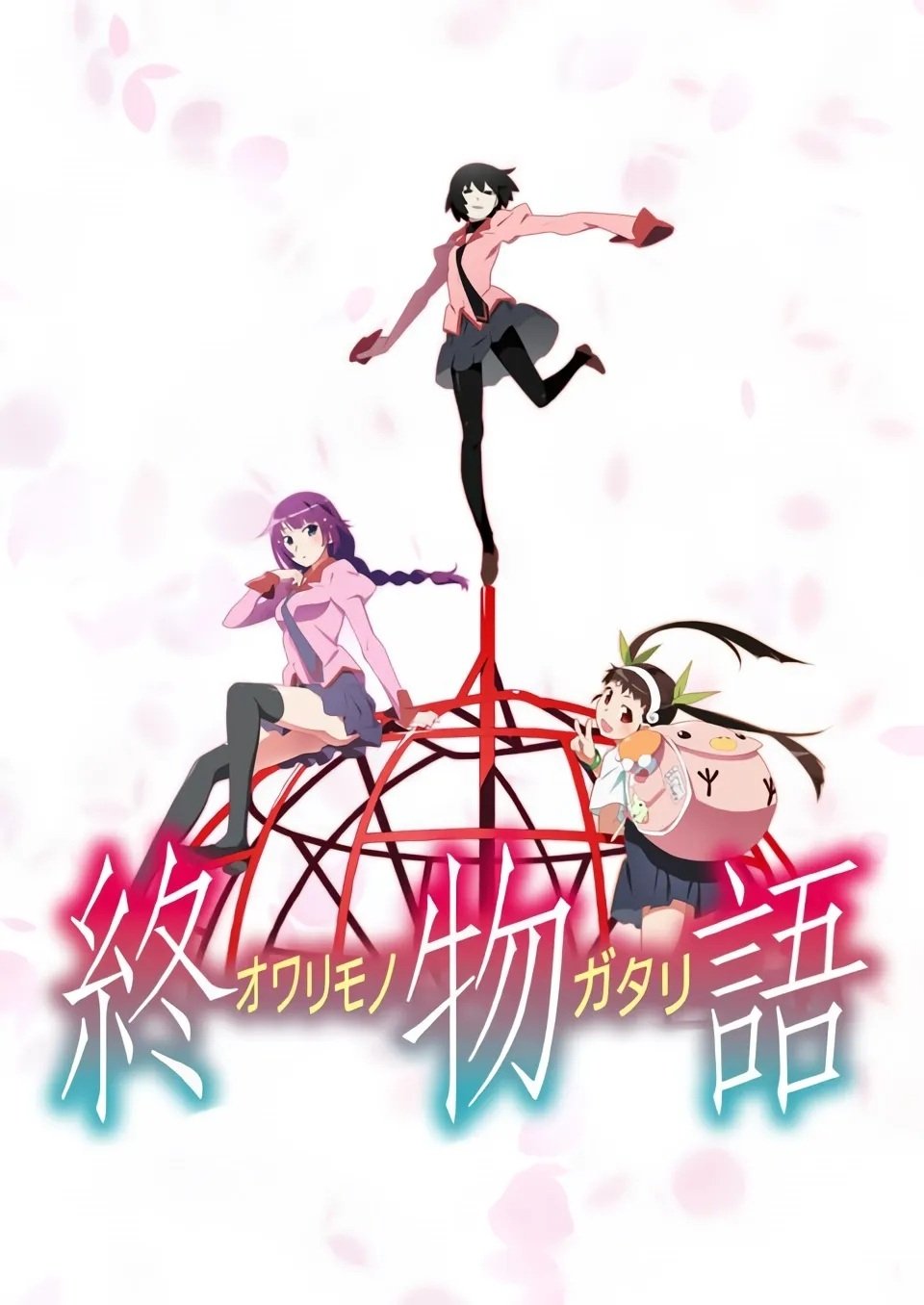
This section of the investigation focuses entirely on a single classroom, using elements like desks, chalkboards, and camera positions to emphasize key moments. The scene relies heavily on piecing together the events in order and understanding the characters’ motivations, with minimal movement or elaborate setups. The simple setting is consistent with the show’s focus on conversation, and long, static shots of characters sitting down dominate. This limited location will be a defining feature of the story’s visual presentation.
‘ODDTAXI’ (2021) – “Tanaka’s Revolution”

This episode delves into a character’s downward spiral, showing it primarily through the confined spaces he inhabits – his room, workspace, and a few small city areas. The story unfolds through what he sees on screens, his inner thoughts, and the everyday objects around him, illustrating his growing obsession. By focusing on these limited locations, the episode creates a unique and personal perspective, moving away from broader city views. This intimate setting allows the story to function as a self-contained warning within the larger season.
‘Thus Spoke Kishibe Rohan’ (2017) – “Millionaire Village”

This special episode is almost entirely set inside a secluded house with very strange rules of behavior. The mystery revolves around a hallway, entrance area, and traditional room, where even crossing doorways or the edges of floor mats becomes a dangerous act. The confined space and strict rules transform simple etiquette into a real threat, making it a classic ‘locked room’ mystery.
‘Dragon Ball Z’ (1989–1996) – “Goku’s Ordeal”

This episode takes a funny turn away from epic battles, focusing instead on a driving school and its test course. Goku and Piccolo spend the whole time learning to drive – inside a car, in the instructor’s office, and on the track. The simple, everyday setting allows for a series of lighthearted jokes, all within a few key locations. It’s unusual for this series to center an entire episode around such a normal place.
‘Kino’s Journey’ (2003) – “A Tale of Mechanical Dolls”

As a big fan of the show, I found this episode really interesting because it kept everything contained within one huge estate – a mansion connected to workshops and a factory. Instead of traveling across a country like some episodes do, we followed Kino as they explored the production processes and ethical questions within that single location. The story unfolded as they moved from room to room, and it was a brilliant example of how the series can pack the feeling of an entire country’s journey into just one building. It felt really intimate and focused.
‘Assassination Classroom’ (2015–2016) – “Assassination Time”

The series mainly takes place in Class 3-E’s homeroom, which becomes the central training ground and where students constantly try to assassinate their teacher. Most of the important events – introductions, lessons, and early practice – happen within the classroom. The desks and blackboard are strategically used as cover during training and to track Koro-sensei’s quick movements. From then on, this classroom serves as the main setting for the entire series.
‘Angel Beats!’ (2010) – “Guild”

The majority of the episode takes place within the “Guild,” a large, interconnected underground base beneath the school. The team navigates through workshops and hallways, encountering traps and makeshift devices. Though it consists of several rooms, the Guild feels like one continuous area, accessible through a single entrance. It’s more like a series of challenging trap rooms than an open exploration of the school grounds.
‘Detective Conan’ (1996–present) – “The Locked Room in the Sky: Shinichi Kudo’s First Case”
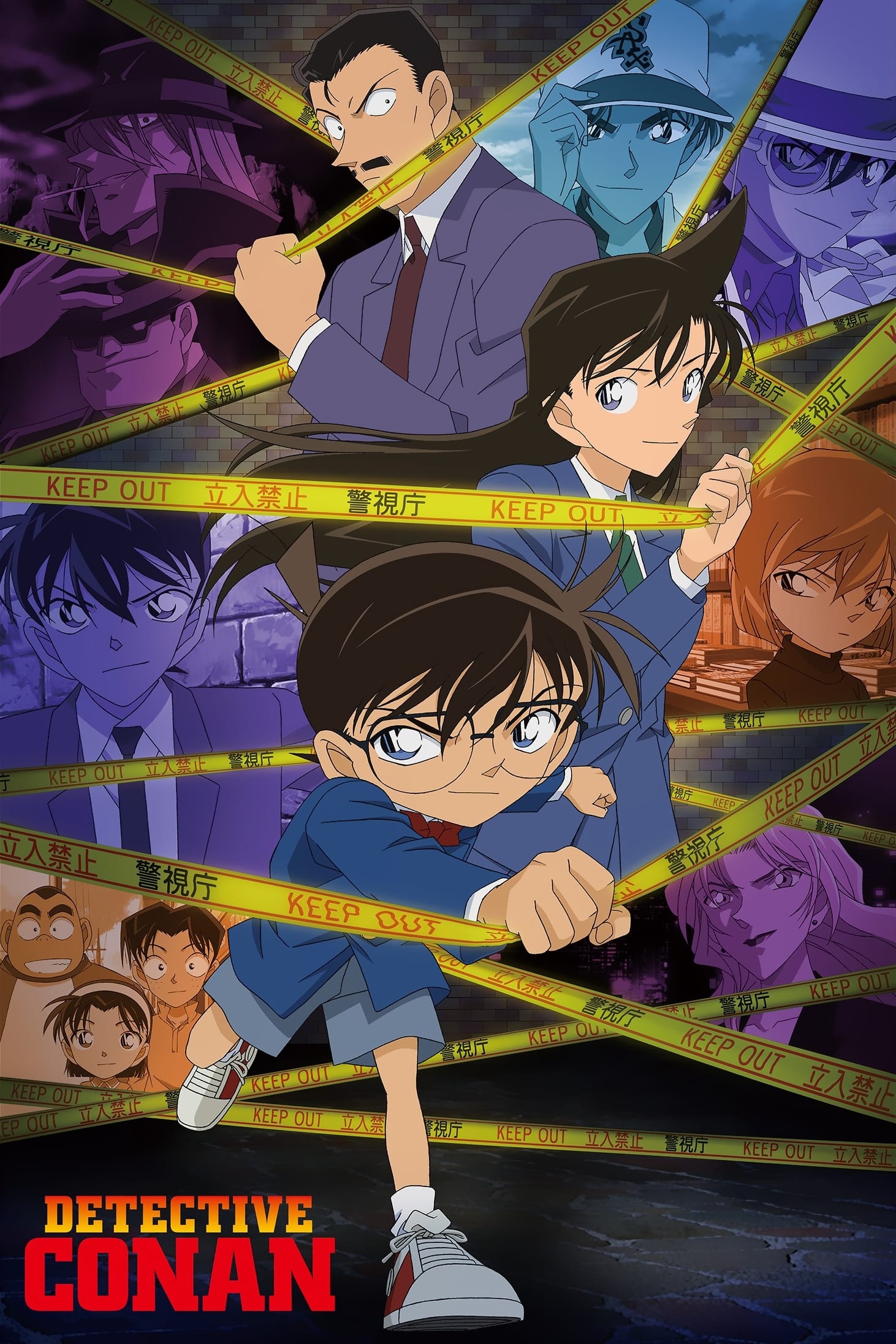
This episode takes place almost entirely inside an airplane, using the aisles, restrooms, and kitchen area for all the important moments. The mystery begins, unfolds, and is solved during the flight, with a small number of sets and a limited group of passengers. The limited space on the plane is key to figuring out who could have committed the crime and how. It’s a classic mystery where the crime happens in a closed environment, a signature element of this series.
‘Ergo Proxy’ (2006) – “Who Wants to Be in Jeopardy! / Nightmare Quiz Show”

The entire episode takes place on a single game show set, including the stage, audience seating, and control room. The unusual quiz show format plays out without any scenes outside of this location. Elements of the studio, like lights, lecterns, and screens, are used as natural parts of the story to reveal information. The limited setting emphasizes the episode’s focus on questioning the characters themselves.
‘Planetarian: The Reverie of a Little Planet’ (2016) – “The Robot’s Bouquet”
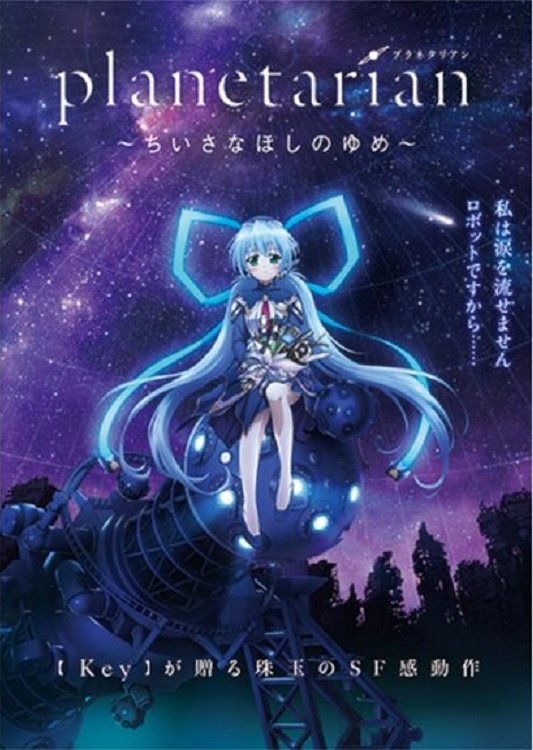
The story takes place almost entirely inside an abandoned planetarium, where a scavenger first encounters a solitary robot. The planetarium’s projector room, lobby, and a small workshop are the only locations featured. Conversations and scenes where characters fix things make use of the building’s unique sound and the way the seats are arranged. Throughout the episode, the planetarium itself remains the central focus, both emotionally and in terms of where the action happens.
‘Jujutsu Kaisen’ (2020– ) – “Curse Womb Must Die”
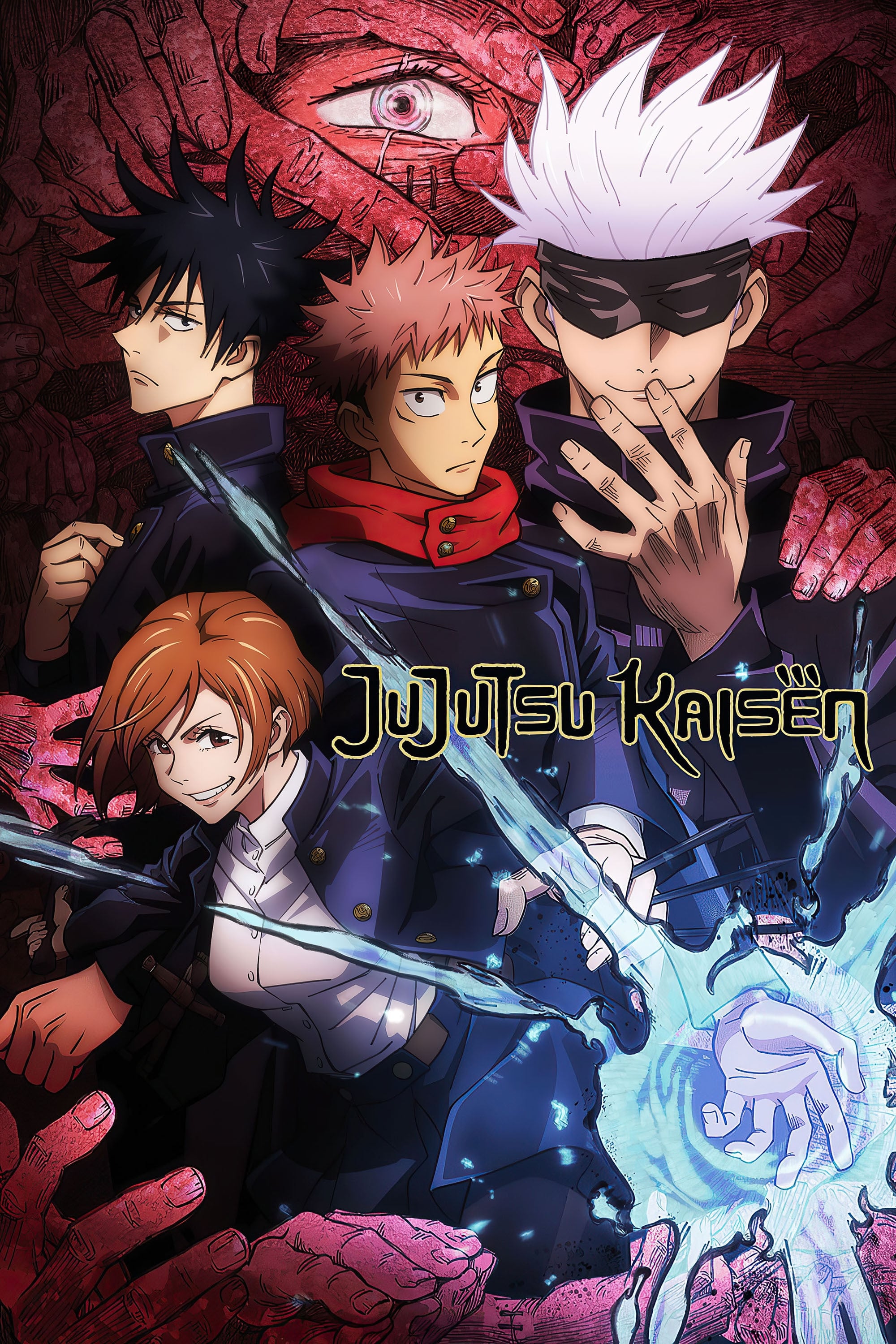
The new recruits are sent to a juvenile detention center, and the entire episode takes place inside this unsettling location. The mission unfolds within the building’s hallways, stairwells, and a main room, creating a claustrophobic feel. The setting functions as a dangerous area, restricting movement and viewpoints to heighten the sense of confusion. The next episode continues immediately within the same limited space.
‘Kakegurui’ (2017–2019) – “The Woman Who Became Livestock”

The first match takes place in a small, single room dedicated to gambling. The entire space consists of the table, seating for the audience, and the dealer’s position. Within this confined setting, the episode clearly explains the game’s rules, how debts work, and what’s at stake. The camera work consistently focuses on the same parts of the table, helping viewers stay oriented. This limited space is crucial to understanding the mental game and the surprising turns of events.
‘One Room’ (2017–2020) – “Hanasaka Yui Makes a Request”

The first episode of the series takes place entirely within a single apartment, telling the story as if you’re experiencing it firsthand from inside the unit. All the dialogue, objects, and character movements happen within the living room and entryway. The episode titles and overall structure revolve around the visits and conversations that occur in this one room, making it a prime example of storytelling confined to a single set.
‘Teasing Master Takagi-san’ (2018–2022) – “Letter / First Day of School / Seating Arrangement”

This episode’s school-based scenes all take place inside a single classroom, and the setting itself – chalkboards, desks, and seating charts – is used to tell the story. The “Seating Arrangement” segment specifically focuses on how the desk layout creates the humor and drives the plot. The entire sketch is filmed within the classroom, demonstrating how simple changes to desk placement can be surprisingly funny.
Share your favorite anime bottle episodes—and the scenes that made them pop—in the comments!
Read More
- Silver Rate Forecast
- Красный Октябрь акции прогноз. Цена KROT
- Gold Rate Forecast
- MSCI’s Digital Asset Dilemma: A Tech Wrench in the Works!
- Bitcoin’s Ballet: Will the Bull Pirouette or Stumble? 💃🐂
- Ethereum’s $3K Tango: Whales, Wails, and Wallet Woes 😱💸
- Brazil Bank & Bitcoin: A Curious Case 🤔
- Monster Hunter Stories 3: Twisted Reflection gets a new Habitat Restoration Trailer
- Dogecoin’s Big Yawn: Musk’s X Money Launch Leaves Market Unimpressed 🐕💸
- Itaú’s 3% Bitcoin Gambit: Risk or Reward?
2025-11-04 10:19